RPG purists have wanted a new Paper Mario game in the style of either Super Mario RPG or Paper Mario: The Thousand-Year Door for almost two decades. They’ve dreamed of one complete with leveling up, advanced magic-or-skill-based combat, side quests, and an epic, sweeping storyline.
And although Super Paper Mario, Paper Mario: Sticker Star, and Paper Mario: Color Splash were all unfairly maligned for deviating from the formula, the desire for something more traditional is understandable.
Paper Mario: The Origami King is not the game that fans of Paper Mario: The Thousand-Year Door were waiting for. However, thanks to some incredible writing and worldbuilding, it is the best game in the series behind that vaunted title.
Paper Mario: The Origami King Review — On a Tear
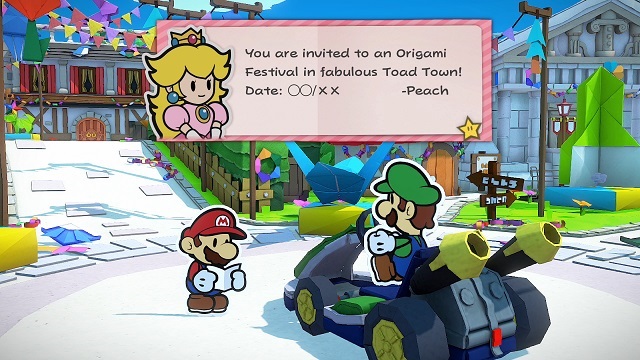
Let’s get the bad news out of the way first. No, this game doesn’t reward you with experience after battling, the weapons you use in battle break after a few uses, and there is no MP meter for special skills or magic. For some fans, this might be an automatic disqualifier. If that’s true, very little of what I say next will persuade you to give this game a shot.
Indeed, The Origami King does start off fairly slowly. The game is a light-hearted romp for the first 10 or so hours, full of classic Nintendo charm and some of the best writing you’ll ever see in a game, though it’s missing key elements to tie the player to the world.
It doesn’t help that the battle system wears out its welcome pretty early on, in no small part due to there being very little gameplay justification for actually battling. Your only rewards are coins and confetti, which can be used to patch up the ruined world.
In short, battles play out on a series of concentric rings, which you’ll have to slide and turn, with the ultimate goal of lining up enemies either in a column of four or in a 2×2 square. If you are a big fan of puzzle games, there is something very satisfying about lining all the enemies up so you can end every battle in one turn, even if it does start to get a bit samey after a while.
Above the Fold
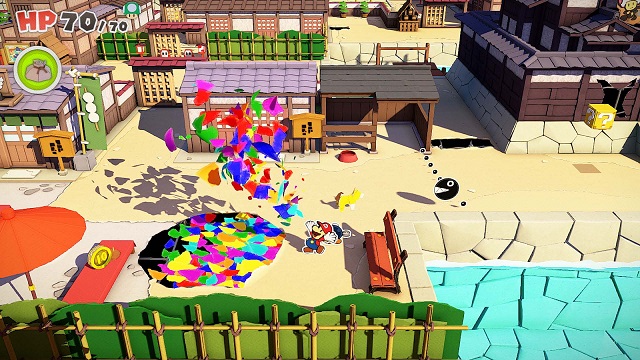
All that adds up to an enjoyable-but-flawed game that’s worth a buy if you’re a fan of newer Paper Mario titles, but not one of the best entries in the series to date.
Yes, the game’s story takes a long time to find real emotional gravitas, and its battle system is, generously, not going to be for everyone. But once the game hits, it hits hard. Emotional beats will tie you to the game world, and really make you care about the characters within it, something that other recent games in the series have struggled to do effectively.
And though the combat system doesn’t back that up, the rest of the gameplay does. As you proceed through the game, you’ll spend a ton of time fixing destroyed pieces of the environment and rescuing hundreds upon hundreds of its Toad residents. Each time you rescue a Toad, you’re rewarded with a few lines of (usually hilarious) dialogue, and if you’re lucky, an item or a few coins. This process repeats hundreds of times, and each time it does, you care a little bit more about the world you’re saving until you’re fully invested.
In addition, your battle companions are all impeccably written, from a plucky little Bob-Omb to Bowser’s advisor Kamek. But the highlight of the writing comes in the form of Mario’s primary companion, Olivia. She’s one of the most charming characters Nintendo has ever created, bar none.
This game also gets credit for being the first Paper Mario game in a very long time to have the courage not to shy away from the legitimately sad moments that make story-based games memorable and complete.
Yes, the overall story about Olivia’s brother Olly, the despotic Origami King, trying to take over the Mushroom Kingdom and make everybody into mindless origami soldiers is a bit dark on its own. Still, the game also takes the time to delve into much more heart-wrenching moments.
Pen and Paper Games
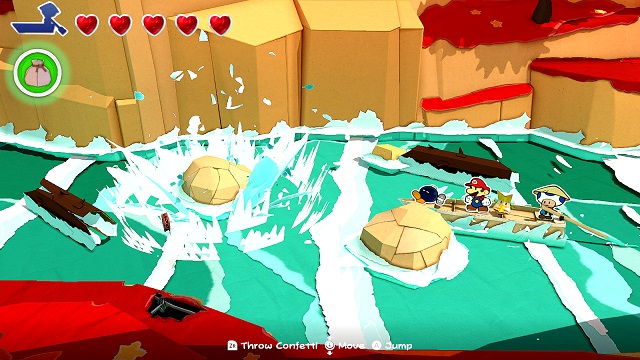
That’s not to say that the game is coasting by on its story alone. After the second boss battle, the gameplay instantly becomes incredibly varied, littered with the kinds of puzzles that early games in the series were known for. You’ll be rotating pillars to deactivate security systems, you’ll be fitting jewels into eye-shaped-holes, and you’ll be sliding across ice floors, bouncing against boulders.
The combat gets better too, or at least, the boss battles do. In these battles, you must slide and turn rings to create a path for Mario to follow, terminating in either a space that allows Mario to use one of his normal attacks or on a magic circle allowing Mario to use a special technique or summon an elemental beast.
Each one of these boss battles unfolds in phases, with game-altering quirks that force you to twist your brain and find the best way to proceed, maximizing the damage you do and minimizing the damage you take. These quirks come by often enough that, at least for me, the boss battles always stayed exciting even when regular combat did not.
All this, however, is secondary to the way the game’s world changes. After exploring the largely self-contained maps of Overlook and Autumn Mountain, you’ll be thrust into bustling theme parks, vast deserts, idyllic floating resorts above the clouds, and (my personal favorite) an extended tribute to The Legend of Zelda: The Wind Waker.
Each of these locations features a ton of collectibles to find, sidequests to embark upon, hidden hearts to find to raise your HP and strength, and Toads to rescue.
Paper Mario: The Origami King Review — The Bottom Line
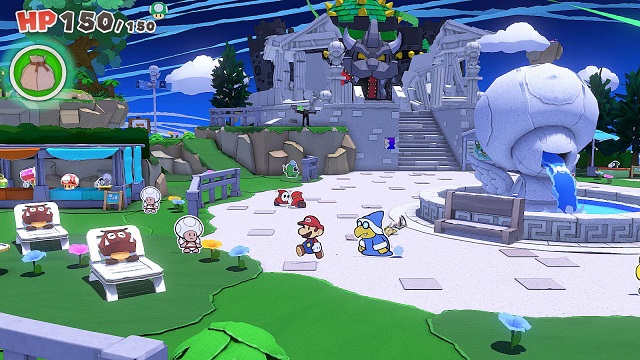
Pros
- Legitimately epic, sweeping story that is reminiscent of earlier games in the series
- Unique and satisfying boss battles
- Some of the best, funniest writing ever seen in a video game
- Olivia
Cons
- Battling standard enemies gets old pretty quick
We’re left, then, with a question, one that has multiple valid answers: What do you play an RPG for? Perhaps you play for the story, the world, and the collectibles. Perhaps, you play to gear up and min-max your characters, using complex strategies and advanced skills.
If you fit into the first group, then Paper Mario: The Origami King is an instant must-buy. If you fall into the second, it’s a harder sell, but we’d still recommend you give it a shot.
The game won’t allow you to build a Final Fantasy-esque combat strategy of buffs, debuffs, status effects, and special skills. But in cutting all of that out, Paper Mario: The Origami King‘s battle system, at least as it applies to boss battles, may still scratch that itch. And hey, even if it doesn’t, there’s more than enough here to make up for it.
It may have a few surface flaws, but emotionally, Paper Mario: The Origami King makes a huge impact, and that’s all any of us can hope for.

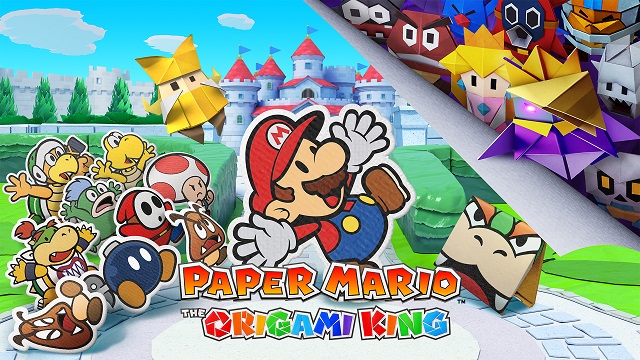





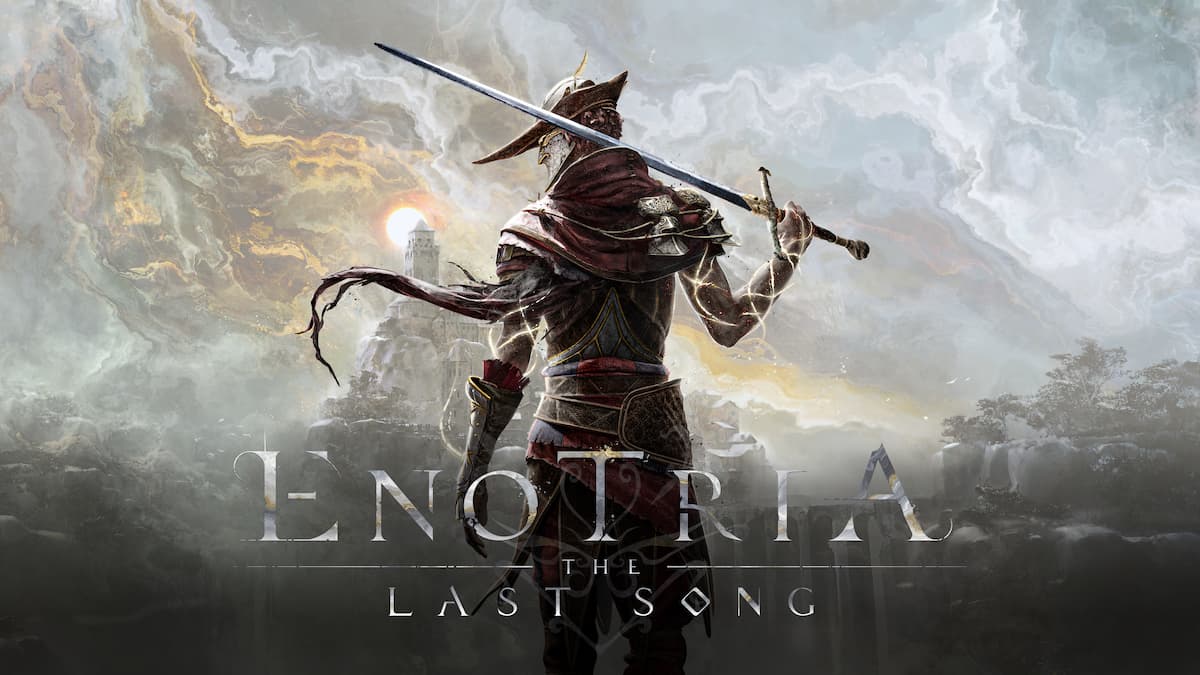
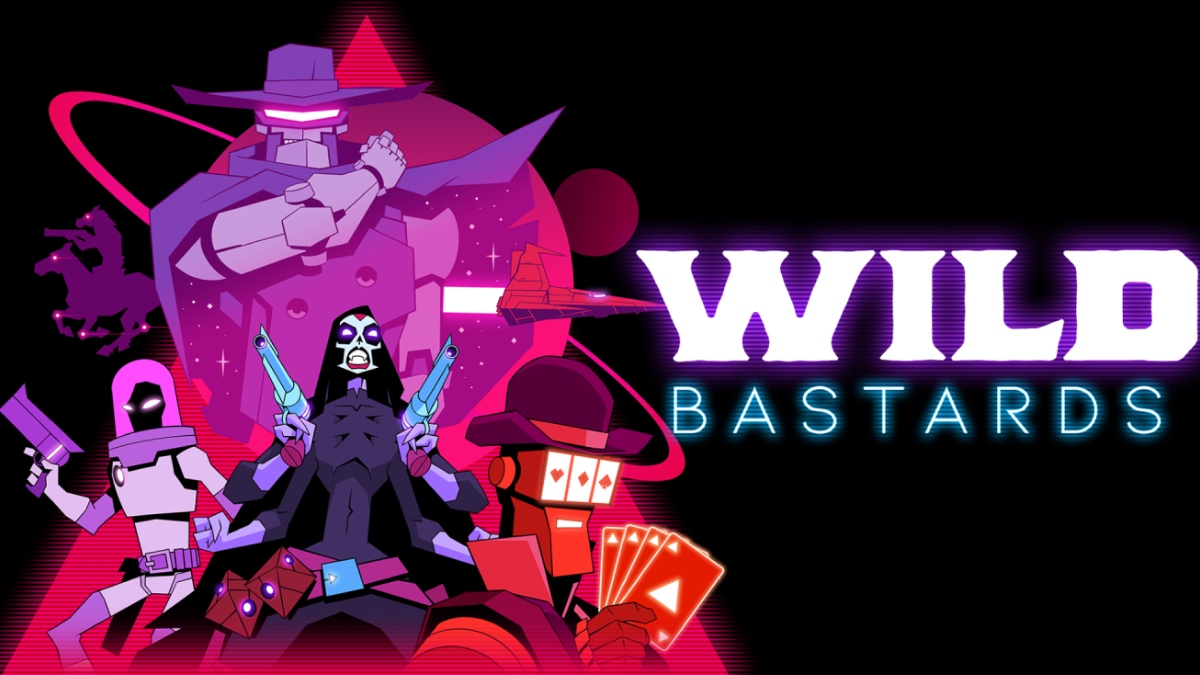

Published: Jul 27, 2020 06:47 pm